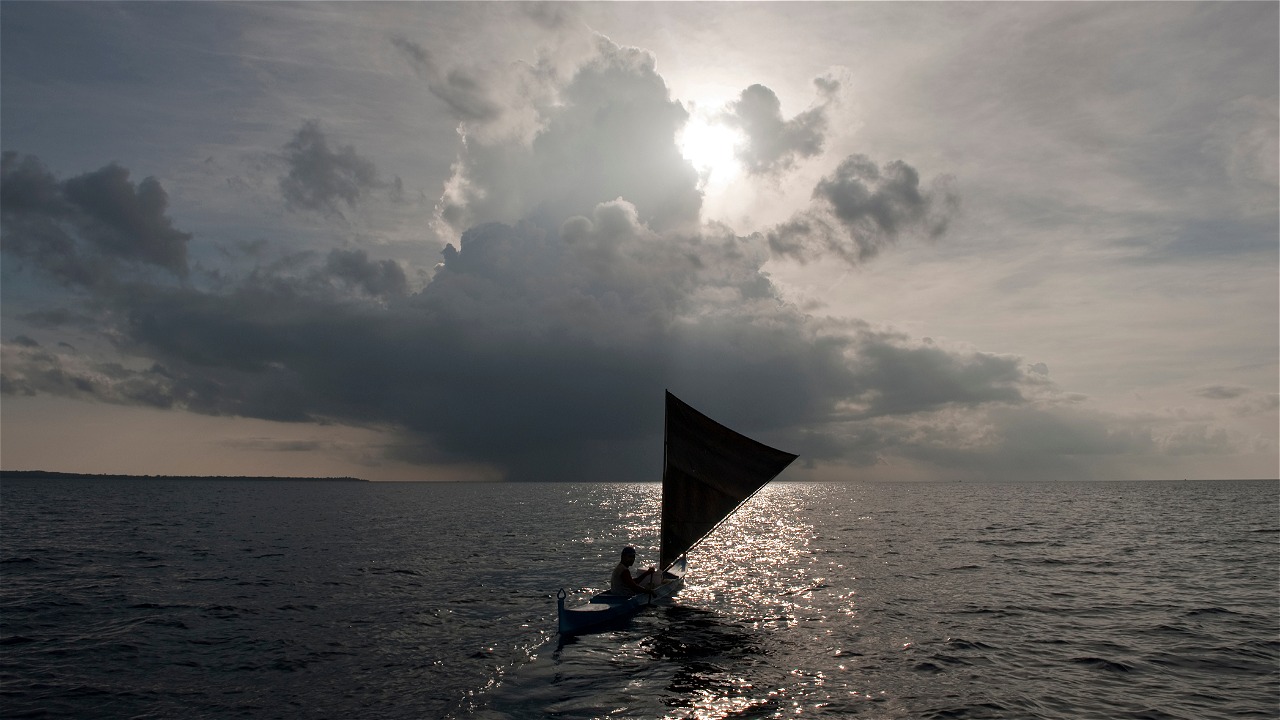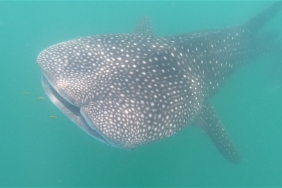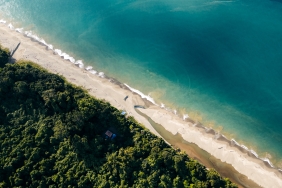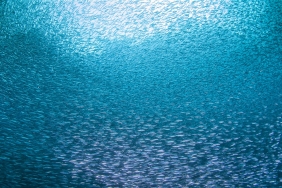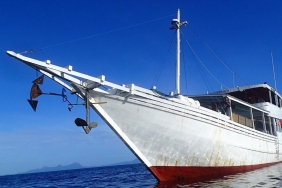THE LONG PROCESS TO HADING MULUNG, A YEAR-LONG SEA CLOSURE
By: Nisa Syahidah (Sunda Banda Seascape Communication & Campaign Assistant, WWF-Indonesia)
The sun was beginning to rise as Mr. Basonden Baso, Chairman of the Hading Mulung Committee, opened the day's activities. "Hading Mulung will run until October 30, 2017. After that, Hobba Mulung will take effect and people will be allowed to collect marine products for a month, until November 30, 2017," he explained.
At exactly 12:00 WITA, the boat carrying Sandiata's parents inaugurated the Mulung in the south, east, and west of Lapang Island; with a total of 146.22 hectares of water. The Mulung leaves the north side of the island, which is used as a seaweed cultivation site.
"Every year, we will continue to evaluate the effectiveness of the scavenged area. This three-point closure is just the beginning, and can be adjusted in the coming years," explains Mashuri AP Uba, West Pantar sub-district head, the driving force behind the revival of Hading Mulung in Baranusa. He was flanked by the Babinsa and the West Pantar Police Chief, who were present in support of the inauguration of this local wisdom after it last took effect in 1992.
"Hading Mulung is a wisdom born from the community, for the community of Baranusa itself. In the future, we will be the ones to benefit from this Mulung, when marine resources are preserved for generations to come," explained Mr. Mangkup Radja Baso. The 16th King of Baranusa was previously present with Mashuri AP Uba, West Pantar Sub-District Head, at the Bogor Agricultural Institute (IPB), for a presentation of Hading Mulung in front of conservationists and academics.
Reviving Hading Mulung which has been dormant has been a long process. The process began two years ago with a typology study of indigenous communities in East Flores and Alor by WWF-Indonesia, in collaboration with the University of Nusa Cendara (UNDANA) Kupang. Since then, WWF-Indonesia has encouraged the implementation of customary institutions for the preservation of marine protected areas, but the Baranusa indigenous community did not immediately agree.
Fortunately, the West Pantar sub-district head, in collaboration with the King of Baranusa, had a special way to successfully raise public awareness to protect their sea. "To reach the community, a service approach is needed, not a power approach," said Mashuri.
In the last few years before Mulung came back into force, zoning regulations in the waters of Lapang Island and Batang Island by the government have not been widely obeyed by the community. Especially, fishermen from outside the islands who were completely unaware of the zoning information. As a result, there has been a significant decline in fish catch production in these waters.
"We already believe that Mulung must be enforced if we still want to catch sea cucumbers, lola shells, batulaga, and other marine products in the future," said Pahlawang Narang, a fisherman leader who previously insisted on rejecting Hading Mulung, expressing the community's motivation to enforce Mulung again.
I remember that the elders of the Sandiata tribe also told me that local wisdom like Mulung is known to exist only in three locations in Indonesia, namely Mataram, Maluku and Baranusa. Although rare, it is not unreasonable to hope that Baranusa can inspire other indigenous communities in Indonesia to do the same. Move to preserve nature, to be a light for the ocean. As Baranusa's prayer is summarized in the name of their mosque.

